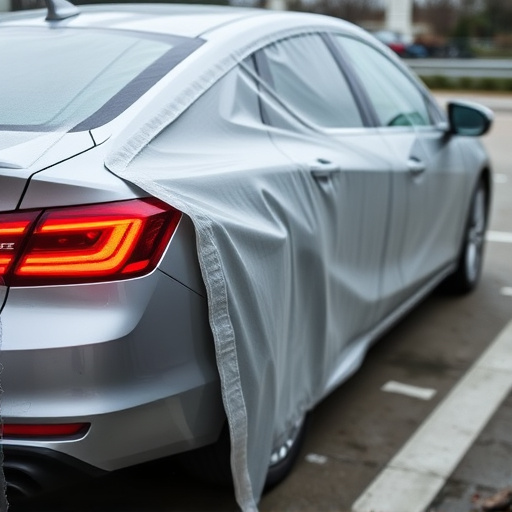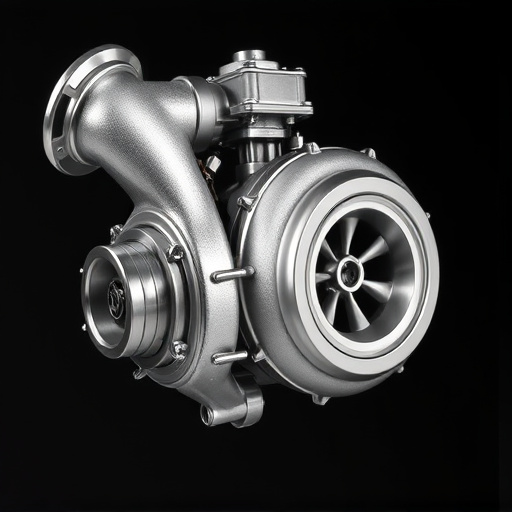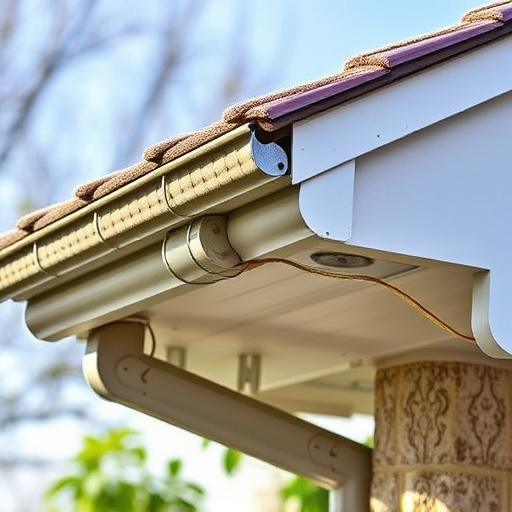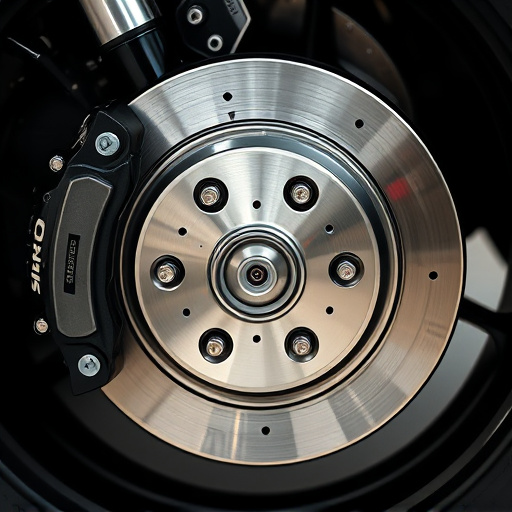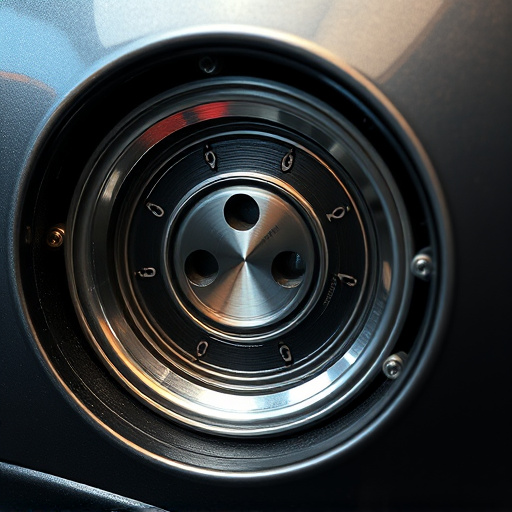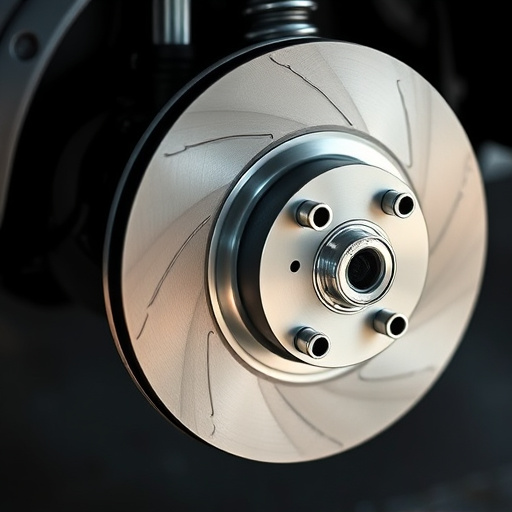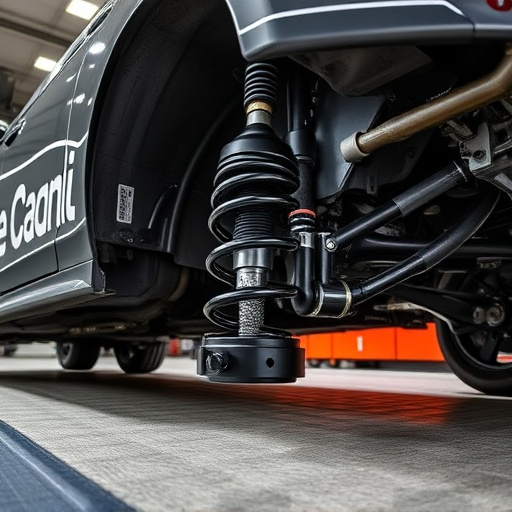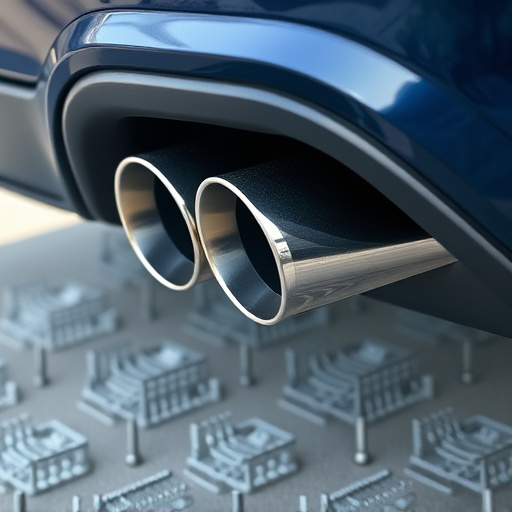A boost controller optimizes vehicle performance by managing boost pressure for improved engine torque and fuel efficiency. Enthusiasts should consider responsiveness, ease of use, and adjustable boost curves when selecting one tailored to their vehicle's make and model. Installation involves mounting, integrating with the electrical system, connecting sensors, upgrading fuel pumps and handling components for a reliable, personalized driving experience.
Looking to supercharge your vehicle’s performance? Explore the world of boost controllers, essential tools for optimizing turbocharged engines. This comprehensive guide offers DIY enthusiasts a deep dive into boost controller installation, covering everything from understanding the basics and benefits to selecting the perfect controller for your ride. We provide a detailed step-by-step process, empowering you to confidently enhance your engine’s power output safely and effectively.
- Understanding Boost Controllers: Basics and Benefits
- Choosing the Right Boost Controller for Your Vehicle
- Installation Process: Step-by-Step Guide for DIYers
Understanding Boost Controllers: Basics and Benefits

A boost controller, also known as a turbo controller, is a crucial component for any DIY enthusiast looking to enhance their vehicle’s performance. It plays a pivotal role in managing and optimizing the boost pressure generated by turbocharged or supercharged engines. By regulating this pressure, the boost controller ensures optimal engine performance, torque output, and fuel efficiency, making it an indispensable tool for those seeking to customize their ride.
These controllers offer several advantages, particularly when it comes to tuning and fine-tuning vehicle performance. They allow enthusiasts to precisely control and adjust boost levels, enabling them to tailor their car’s behavior to their preferences. Whether focusing on improving throttle response, enhancing power output in the intake components, or optimizing brake components for better control, a boost controller provides the necessary precision and control over the engine’s behavior, resulting in a more satisfying and personalized driving experience.
Choosing the Right Boost Controller for Your Vehicle

When it comes to selecting a boost controller for your vehicle, DIY enthusiasts should consider their specific needs and preferences. Different boost controllers offer varying levels of precision and control, so choosing one that aligns with your desired performance is key. For instance, if you plan on frequent tuning adjustments during testing or racing, opt for a controller known for its responsiveness and ease of use. Additionally, ensure compatibility with your vehicle’s make and model; checking the manufacturer’s specifications can save time and frustration later.
The right boost controller will seamlessly integrate with your vehicle’s existing systems, including brake components and muffler tips, to optimize performance without compromising safety. Look for features like adjustable boost curves that allow you to fine-tune power delivery according to your driving style. By selecting a controller designed for your unique setup, you can unlock the full potential of your vehicle while ensuring a reliable and enjoyable driving experience.
Installation Process: Step-by-Step Guide for DIYers

The installation process of a boost controller is a crucial step for DIY enthusiasts looking to enhance their vehicle’s performance. It involves a series of precise actions that, when followed correctly, can significantly improve engine efficiency and overall driving experience. Start by locating the boost controller module, typically found near the engine bay. Secure it firmly using the provided brackets or mounting hardware, ensuring stability and proper alignment.
Next, connect the controller to your vehicle’s electrical system. This may involve integrating it with your existing ECU (Engine Control Unit) or installing a new interface, depending on the boost controller’s design. Attach the necessary sensors, such as the boost sensor, to monitor pressure levels accurately. Don’t forget to install performance-grade components like high-flow fuel pumps and larger fuel lines to support the increased engine demands. Additionally, upgrading your suspension kits and brake rotors can enhance handling and stopping power, complementing the boost controller’s capabilities.
Installing a boost controller can significantly enhance your vehicle’s performance, providing an affordable way to unlock hidden power. By following the step-by-step guide in this article, DIY enthusiasts can confidently navigate the installation process, ensuring their boost controller functions optimally. Remember, choosing the right controller tailored to your vehicle is key, and with proper setup, you’ll experience smoother turbocharging and improved engine efficiency. Now, it’s time to put these tips into practice and take your automotive modifications to the next level!


